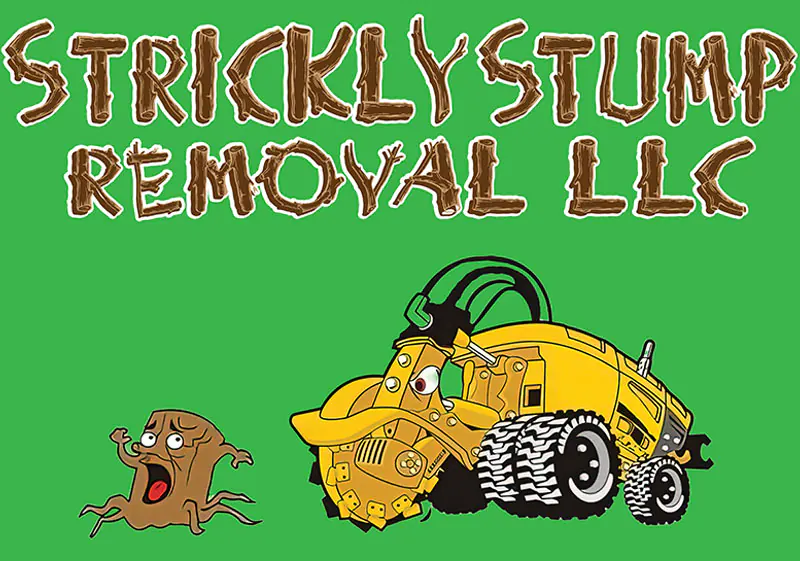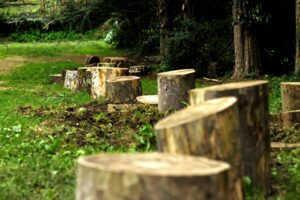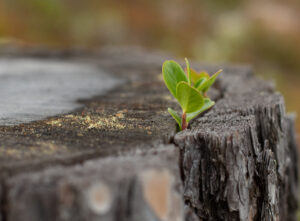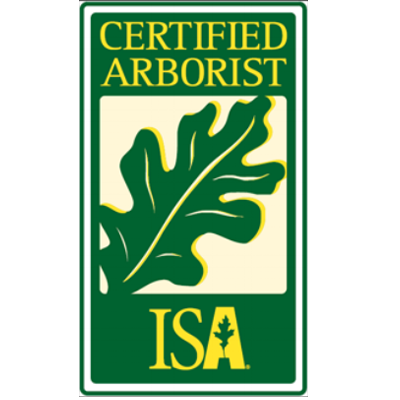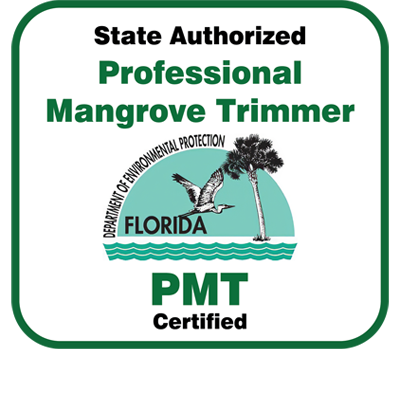Are you worried about your tree’s roots and how to take care of, preserve, and keep them from dying? Knowing how serious issues with tree health can arise from root damage will encourage you to keep a closer eye on what’s going on beneath your tree.
The following details regarding the causes, treatments, and preventions of tree root damage have been compiled by Stumps123 for all of your root damage concerns.
The Reasons Behind Tree Root Damage
If the damage does not take up more than 25% of the entire root zone, many trees can withstand and even recover from root damage. The top six inches of the soil contain the majority of important feeder roots, which may eventually become surface roots as they age. Damage can limit a tree’s ability to absorb nutrients and water, which can stunt its development and vitality. Take into account the following methods of damaging tree roots:
Trenching and Digging
When grading and building are taking place close by, a tree’s roots may be harmed or broken by trenching, tilling, or digging within the tree’s root zone. Common building operations that may cause harm to tree roots include excavation for walls, roadways, sidewalks, foundations, water lines, cables, and walkways. Leaving the work in the hands of tree root damage repair specialists will help you avoid issues.
Treatment: Your tree probably won’t be able to obtain enough nutrients to heal and develop again if digging activities have damaged or severed its roots. To stop fungal or disease infestation, cover any damaged roots with a latex-based tree paint and shield them from additional harm. If the season has been dry, give your tree a thorough, deep watering so that its healthy roots may absorb more nutrients from the soil.
Prevention: Before doing any digging or trenching, create a barrier or a “No Dig Zone” around the tree’s drip line.
Soil Compaction
Compacted soil prevents water from penetrating the root zone and essential air circulation. An inadequate supply of water, nutrients, and oxygen to a tree’s roots can swiftly result in deteriorating health or even death. Increased foot or vehicle activity, the storage of materials and equipment in the root zone, or significant soil erosion that removes the rich topsoil all contribute to soil compaction.
Treatment: It might be difficult to address soil compaction. Still, a number of methods could address issues with soil compaction. Consider the following actions conducted by tree root damage repair specialists:
- Mixing Soil: You can combine compost or fully composted organic mulch with compacted soil.
- Adding mulch on top of the soil can increase the amount of organic matter in the soil.
- Core Aeration: By removing 3-inch soil cores, pore space in compacted soil can be expanded.
- Vertical Mulching: Drill holes in the compacted soil that range from one to two inches in diameter and fill them with perlite, vermiculite, or other amendment material.
Avoidance: To prevent soil compaction beneath trees, you should take several proactive measures, including the following:
- Don’t handle damp dirt or plants in it.
- Avoid having vehicles and foot traffic. Never store tools or building supplies beneath trees.
- Reapply a new layer of mulch, two to three inches thick, over the whole root zone.
- Plant ground cover or companion shrubs beneath trees.
- Activate the soil each fall.
Surface Root Damage
Compacted or poorly drained soil promotes the growth of shallow tree roots. A tree’s roots, like its trunk and branches, get thicker with age and eventually have the ability to crack the soil’s surface. Another reason for surface roots is severe soil erosion throughout a root system. Foot traffic, equipment (lawnmowers, weed trimmers, etc.), and wildlife grazing can all harm these roots.
Treatment: You can successfully repair surface roots using several methods. Think about the following that we tree root damage repair specialists recommend;
- Add Mulch: Cover the entire root zone with a 2 to 3-inch layer of organic mulch and keep it there.
- Plant Ground Cover: By covering the surface roots, ground cover will naturally shield them.
- Apply a Layer of Soil: Cover the damaged regions with a 1- or 2-inch layer of nutrient-rich soil.
- Place Companion Shrubs: Companion planting aids in mitigating or eliminating soil erosion.
- Pull Weeds: Remove weeds by hand to avoid using powered weed trimmers.
Prevention: Promoting deep root development in a tree at an early stage of its life will help prevent harm from superficial roots. Think about the following:
- To promote deep root growth, give recently planted trees regular deep waterings.
- Declare the area around your tree’s roots “off limits” to foot and vehicle traffic.
- Planting ground cover, bushes, and plants alongside each other prevents soil erosion.
- Cover the soil with a 2 to 3-inch layer of organic mulch to control the moisture and temperature.
- Advice: Ascertain which tree species are most vulnerable to surface roots. When choosing a tree to put on your property, take into account its propensity for deep-root growth.
Conclusion
You learned about a number of tree root damage causes, treatments for them, and ways to stop more damage in this article. Understanding how tree roots are harmed can help you safeguard them more effectively against fatal fungus and severe damage. If you let your tree’s roots become injured, broken, or separated, it will become vulnerable to illness and eventual demise. Contact tree root damage repair specialists near you today.

